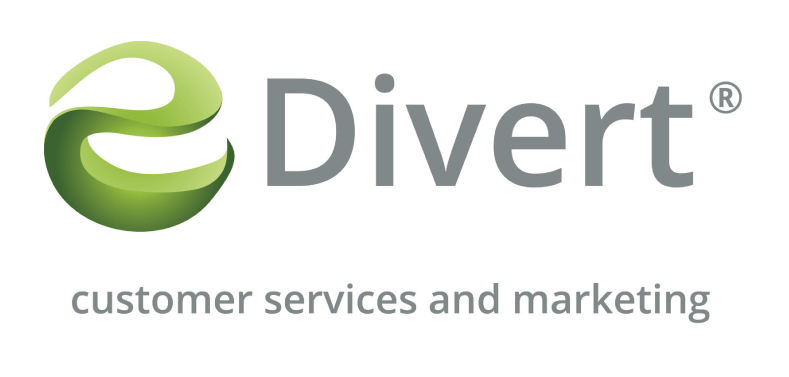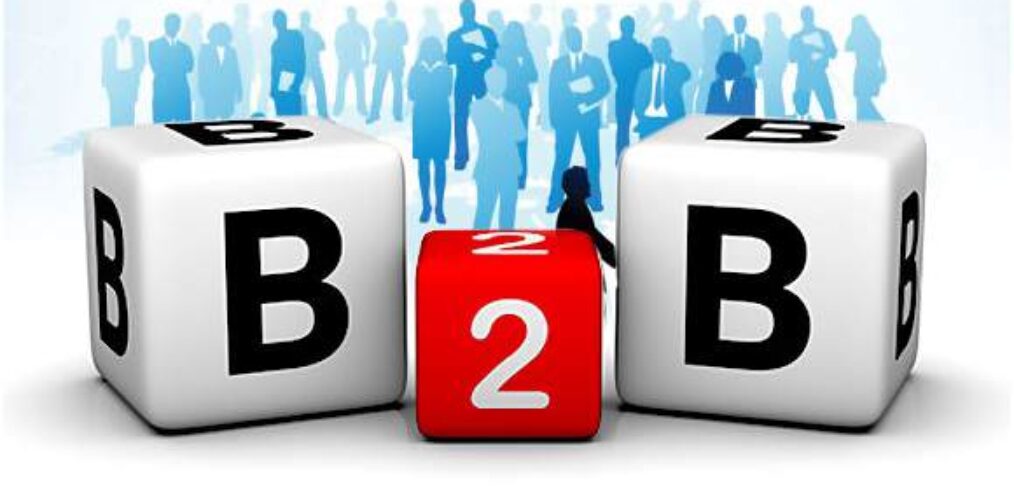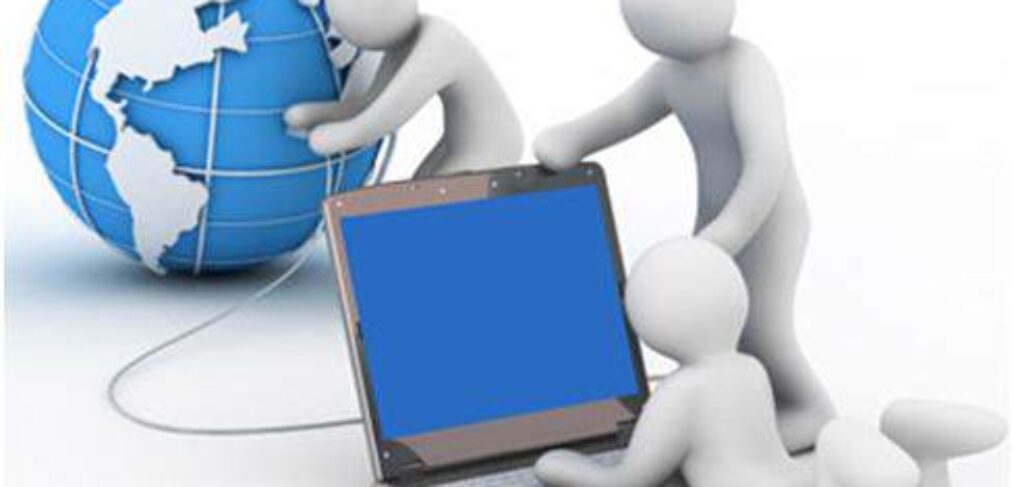There’s a great quote doing the rounds at the moment. It’s by a personal growth author called Dave Hollis and it goes like this: “In the rush to return to normal, use this time to consider which parts of normal are worth rushing back to.”
With lockdown now coming to an end, and what feels like a dark winter finally giving way to spring, some semblance of normality is just around the corner.
For the business world, however, what does that normal look like? Our traditions and even culture have been turned upside down. We’ve discovered flexibility and the gift of time and space in some cases, with busy commutes and late trains seemingly a thing of the past.
EVOLUTION
According to the cloud communications platform Twillio, the pandemic has led to an incredible 5 years’ digital business evolution in just 6 months. That’s quite a pace of change.
Inevitably, there will be good and bad in this change but it’s almost certain that much of the digitisation is here to stay. What does that mean, especially for smaller businesses where costs may be challenged as investment is needed?
Regrettably, some of these cost savings will have been met by redundancies and while this may work for the short term, when the economy picks up and volumes rise, there will be tasks that need completing and possibly a lack of manpower to do so. It is at this point businesses will need to consider whether to re-employ or outsource.
Some of the traditional barriers to outsourcing (whether real or perceived) have also been obliterated by lockdown. Remote working is now seen as highly feasible and productive and it will be the lack of a physical office presence that would have put off some business owners from sending out critical tasks such as telephone answering or customer engagement. From now on, surely, we will be less bothered about where someone is and more focused on what they can achieve?
NEW BEGINNINGS
The rise of outsourcing is potentially good news for the UK’s economy, as we are known for being a nation of self-starters. It may be that some of those made redundant during this year-long crisis can create a new future for themselves, using long-held skills while maintaining what we now know as the reality of work-life balance.
At eDivert, we’ve seen the impact of the pandemic on so many different levels. We’ve seen an uptick in clients needing support as they run with leaner teams and the support we offer has become more diverse, especially in areas where technology leads the way. Online chat, social media networking, and email marketing are all growth areas for us and save our clients time and energy when they are outsourced.
We’d love to know from our followers, clients or otherwise – what your new normal will be? Do you already have plans to rebuild teams or will you try operating a more lean workforce with outsourced support as and when you need it? Use our Facebook page to let us know.



